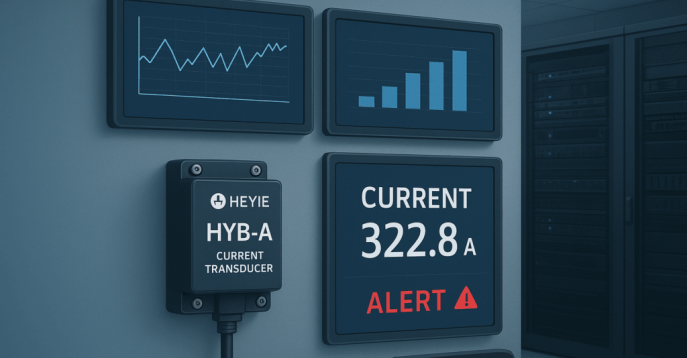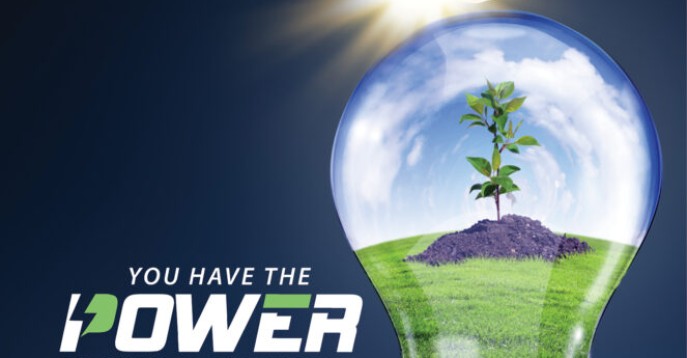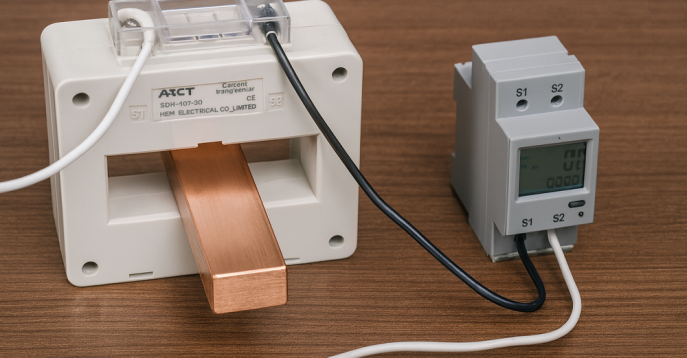News | company news | Dec 12,2024
Impact of IoT on the Environment
A sustainable agenda is underway in all economic sectors, and it is inevitable that it will also be present in the technology sector. Furthermore, sustainable technological approaches can play a major role in reducing overall global emissions. This article explores one of the hottest tech industry products, the Internet of Things (IoT) and
How IoT can improve the environment.
The Internet of Things is a theoretical framework that supports the concept of Internet-based device communication.
Today, IoT is applicable to all industries and is one of the fastest growing IT industries, with a market size of $300.3 billion in 2021 and expected to reach $650.5 billion by 2026.
The growing business role of IoT will only make its sustainability more important.
What is IoT and how do IoT devices differ from regular technology devices?
In the current market, it is sometimes difficult to draw a clear line between IoT and regular IT equipment. IoT devices are typically small, built-in or standalone devices with a set of different functions. Today, IoT products are small but are often capable of larger-scale operations.
The unique capabilities of IoT devices have two main impacts on the environment.
First, the small size of IoT devices means that their physical production requires less material.
The second important factor that affects the environment is the software used in the IoT. IoT devices have limitations in terms of memory, which means they require special software that can operate in such conditions. Special software options for creating IoT are called embedded systems.
Embedded systems fit into smaller memories than computer RAM. As the popularity of IoT grows, so too does the need for more extended and complex functionality. This means creating embedded systems in the most efficient way possible so that they fit into small memories but are also able to deliver on a variety of tasks.
Impact of IoT on the Environment and Sustainability
At the peak of IoT device popularity, they were considered eco-friendly, but as the number of IoT devices increases around the world, it is worth noting that, just like any other device, they increase energy consumption. However, IoT can provide more environmentally friendly results compared to other tech products.
For example:
As industries become larger and more complex, new demands are being placed on software suitable for IoT devices to enable them to perform various functions. As we all know, the emergence of new products is caused by market demand. In the case of IoT, more and more embedded systems are designed to provide higher efficiency for smaller memory.
From this perspective, IoT products themselves become an impetus for software developers to design better and greener solutions that are powerful and use fewer resources.
The expansion of the IoT market also brings new specific tools that are designed to make operations and communications in IoT smooth and reduce energy consumption. Such examples include products that allow optimization of IoT devices and the cloud (AWS).
Another way in which the Internet of Things contributes to the environmental agenda is the so-called Green Internet of Things. The Green Internet of Things aims to reduce energy consumption through optimization. It is a combination of hardware and software efficiency technologies that use low-power or alternative energy sources. This approach is also reflected in the way the Green Internet of Things processes data.
How sustainable is your IoT?
Today, IT offers many options to make your business or technology product more sustainable.
IoT devices stand out from other devices because of their unique capabilities. IoT requires less materials and energy to manufacture than large computers. IoT opens a new route for the software industry to develop more complex systems that can run on limited resources. Finally, more and more IoT devices are used to monitor, control and save energy and other natural resources.
The above mentioned effects and qualities of IoT classify this niche device as a sustainable technology, but the ownership of IoT should be done with a reasonable attitude.
Generally speaking, all IoT devices serve one main goal: data collection. They never stop capturing information and sending it to data centers for analysis. The whole process requires a lot of energy and may not always be worth it. It is a good practice to evaluate the real need for IoT use, based on the benefits we get and how much we spend in the race for popular digital instruments.
We live in a world where demand for digital devices is amplified and in many cases unjustified. Unsustainable use of digital services is currently widespread, so we need to be more realistic.
--- END ---

Oct 21, 2025
An important component of data center power monitoring : HEYI Electric HYB-A1 4-20mA current transmitter Why data centers cannot do without current transmitters In the digital information age , data centers are the core of the Internet . We not only need excellent server performance, low network latency , and huge storage capacity, but we… Continue reading Why is 4-20mA current transmitter suitable for data centers

Oct 18, 2025
Battery current sensor from HEYI Electric – Providing Safer Protection for Clean Energy Why clean energy systems cannot do without leakage detection Carbon neutrality is the common goal of the earth. In an era when clean energy is becoming increasingly popular – from electric vehicle charging stations to photovoltaic power generation systems and energy storage… Continue reading How battery current sensor serve clean energy

Oct 09, 2025
HEYI Electric’s SDH Window-type CT : a universal player for European and American projects Two frequency options : 50Hz /60Hz for Europe and 60Hz for North America. One set of assembly design is universally applicable worldwide , so there is no need to distinguish two sets of product numbers for cross-border and cross- regional projects… Continue reading Window-type CT suitable for EURO and US projects